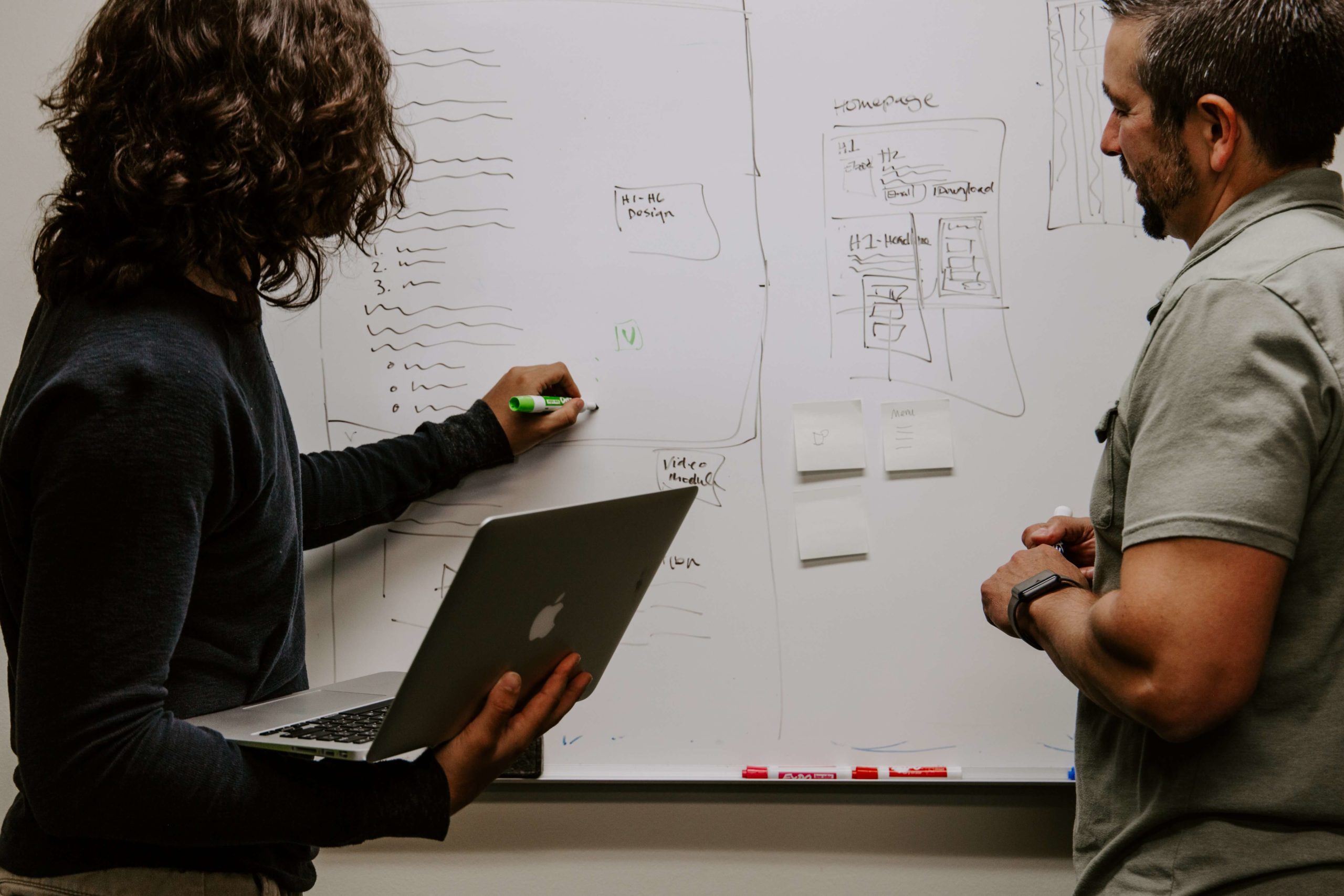Project Description
Preparing to conduct surveys in the field with 5 easy steps
If you work in research, oftentimes it may not be possible to collect data solely through running surveys online. Your research project may take you through rough terrains to reach remote villages with limited resources, such as no access to a computer or the Internet. Paper questionnaires in this case are discouraged, as there are many drawbacks to using paper questionnaires to collect data.
With that said, here are some steps you need to do before you start heading into the field:
1. Make a plan
The key to successfully carry out your data collection project is to plan ahead. This plan will be your roadmap and help you cover details that you might miss. In addition to the survey itself, you should detail your logistics, such as coordinating with other researchers and interviewers, transportation, costs, interviewing schedules, etc. If you have a large number of interviewers, consider breaking them up into teams and appointing one person from each group as the “supervisor.” Set procedures for checking in with your supervisors. Plan for worst-case scenarios. Imagine all the possibilities in which something could “go wrong” and have a plan in place to resolve those issues.
2. Select the right survey tools
Consider what your survey needs are and create a checklist of “must-haves.” Do you need the ability to connect between devices with no Internet connection? Do you need to be able to transfer a completed survey record from one device to another? For example, rtSurvey has a range of offline features, ranging from filling out questionnaires offline to loading quality assurance rules to mobile devices in order to ensure the quality of data being collected. In addition, interviewers can pre-load documents, such as PDFs, images, videos, etc., onto the mobile app for offline access.
3. Input your questionnaire into the survey platform and run test trials.
The last thing you want to happen in the middle of data collection is to realize that the questions in your survey need to be revised. To avoid that scenario, create your form on a survey platform, put in the questions, and test out the surveys in mock interview sessions before you start conducting real interviews. Not only will this help you tweak your questions, it can also give you a rough estimate of how long an interview session will take. If you have written quality assurance (QA) rules, you can also load them onto your devices through the rtSurvey mobile app. The QA rules will aid you in collecting quality data by prompting the system to reject “dirty” or unwanted data.
4. Train your interviewers
Conduct a training session for your interviewers prior to starting the data collection process. This training should help familiarize your interviewers with the survey questions, interview equipment, and interviewing techniques. Knowing the questions beforehand, and understanding how the interview session should flow, will help interviewers make respondents feel more comfortable in being interviewed and having their answers recorded through a mobile device.
5. Prepare your equipment beforehand
In addition to having fully-charged mobile devices, you may want to pack extra portable power banks, microphones (if you are conducting voice recordings), charging cords, and other electronic equipment you might need while you are in the field. Download the app (rtSurvey is natively supported by both Android and iOS devices) onto your mobile devices and preload the survey forms. Make sure your forms are properly recording data offline before you head out the door.
Although these steps may seem tedious, it will save you a copious amount of time and effort processing data collected. The extra effort you put in pre-data collection will pay off in many ways—not just with data entry, but also in ensuring that you collect quality data.




